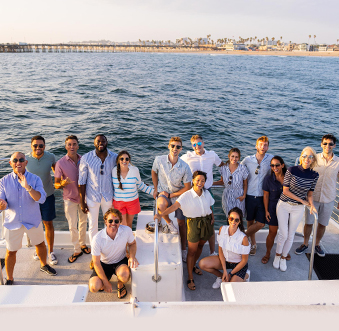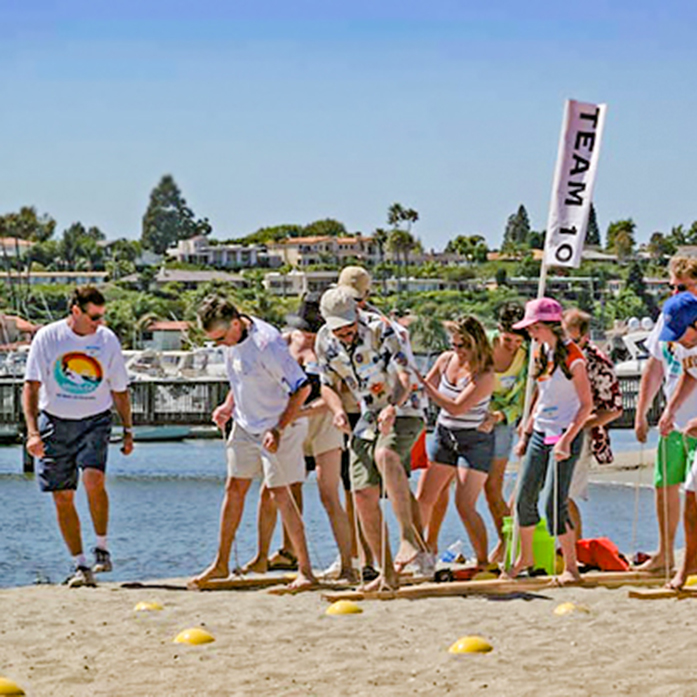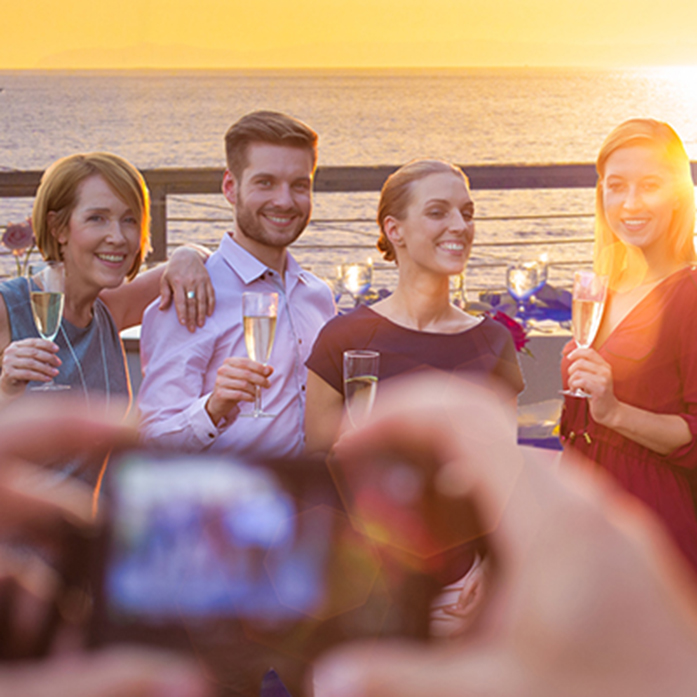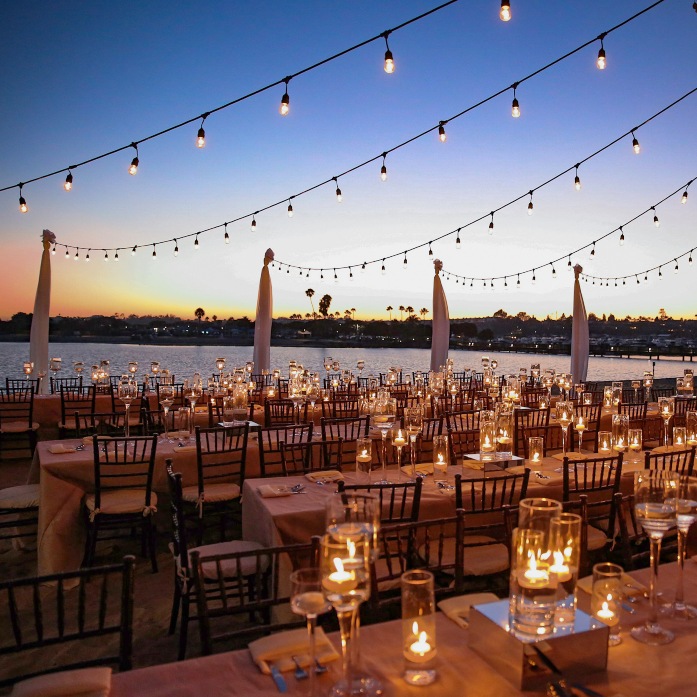Design thinking for impactful meetings & events
Design thinking is a process that helps meeting planners identify challenges and find viable solutions. Its goal is to focus on the attendees’ experience rather than corporate mandates. With design thinking, meeting planners take a strategic approach to event design, which in turn, helps them create personalized, experiential meetings for attendees.
The Impact of Effective Meeting Space Design
When an attendee enters a room, they will instinctively look for a location where they feel comfortable and safe. Try watching next time you attend or hold a meeting. Most people enter a room and immediately scan the room looking for either a familiar face or the most comfortable, easy to access location. Designing an area in which the ambiance and setup immediately says, “Welcome, we’re glad you’re here,” immediately sets the meeting and helps guests feel comfortable and ready to engage. It will also help to create meaning and add value to the objective of the meeting. In order to create an inviting atmosphere, consider incorporating the following five principles when designing meeting space:
- Theme and identity
- Nudging
- Multi-functionality
- Creative seating
- Emotional appeal
Theme and identity
Meetings and event themes should be integrated with the company’s brand. This integration will help to improve the understanding of the company’s identity, values and mission. It can create a cohesive feeling and a sense of familiarity for attendees, important when you’re trying to foster collaboration.
Nudging
Nudging is the act of gently persuading participants to make decisions that can lead to desired outcomes. It can be used to help foster collaboration simply by ‘nudging’ attendees to find others with shared interests. Nudging can be accomplished in a variety of ways. For example, color coded badges can be used to nudge guests to attend the session or sit in the designated area displaying the same color as their badge. Or, with playing cards, in which attendees must find the group with the same suit as their card. Using clues, or signage with leading messages or even creating a game on the floor that leads guests to a particular space are examples of nudging in action.
Multi-functionality
Creating a multi-function space is ideally suited to a rather large room. So, in place of breakout and structured rooms, a large open multi-functional space promotes unity and helps each person feed off the collective energy of the group. Additionally, keeping all meeting components in one space makes meeting management much easier as participants don’t have to be moved from one location to the next.
Ideally, the room should be set up in a manner in which it accommodates an array of functionalities. Attendees should be able to take advantage of the open floor space to move around making it easier to network.
There should also be areas of the room where guests can work and talk in pairs or groups. The so-called ‘room in room’ arrangement is great for projects where co-creation is required. Consider adding white boards throughout the space, or take a cue from Macaroni Grill and drape tables with butcher paper encouraging guests to doodle and brainstorm.
Creative seating
Nothing says “oh great another boring meeting” more than a meeting room that relies on a conventional set up of banquet tables and chairs. Try livening things up with your seating design. Combine smaller tables with rectangular tables, use bright, vibrant linens to help boost energy and encourage conversation. Sprinkle centerpieces with fresh mint and lemon for mental alertness. Add lounge clusters around the room or even opt for comfy bean bag chairs to help attendees relax and tap their creative genius!
The Magic of Design Thinking
Emotional appeal
What feeling do you want to elicit in your attendees? The feelings could work as a primer of the work process you are hoping to achieve or create a positive perception towards the overall meeting objectives.
Certain elements such as music, lighting, colors and even textures can certainly contribute to a meetings ambiance. But feelings such as excitement and anticipation can be achieved by using much more dramatic elements.
While feelings are in fact subjective, behavioral studies show that there are three elements that have a universal impact of human emotion. Applying these elements to meeting design can help create a highly impactful meeting.
The persuasive element, where physical objects such as seating choice and design can encourage communication.
The spatial perception element which basically ensure there is plenty of space for people to move abut easily and freely, thus opening up mental channels rather than restricting.
Finally, the element of natural environments in which, nature is woven into meeting design to create an optimal atmosphere for relaxation and health.
When all five elements are in place and balanced they will help ensure a focused, engaged and attentive audience. Likewise, when you hold your group meeting in a naturally inviting destination such as Newport Beach, CA, you’ll easily create attendee excitement.
When you’re ready to begin organizing your next group meeting, contact the staff at Visit Newport Beach, the destination marketing organization for Newport Beach, CA. Visit Newport Beach opens the doors to this Pacific paradise with destination expertise, customized site visits, strong partnerships with valuable resources.



